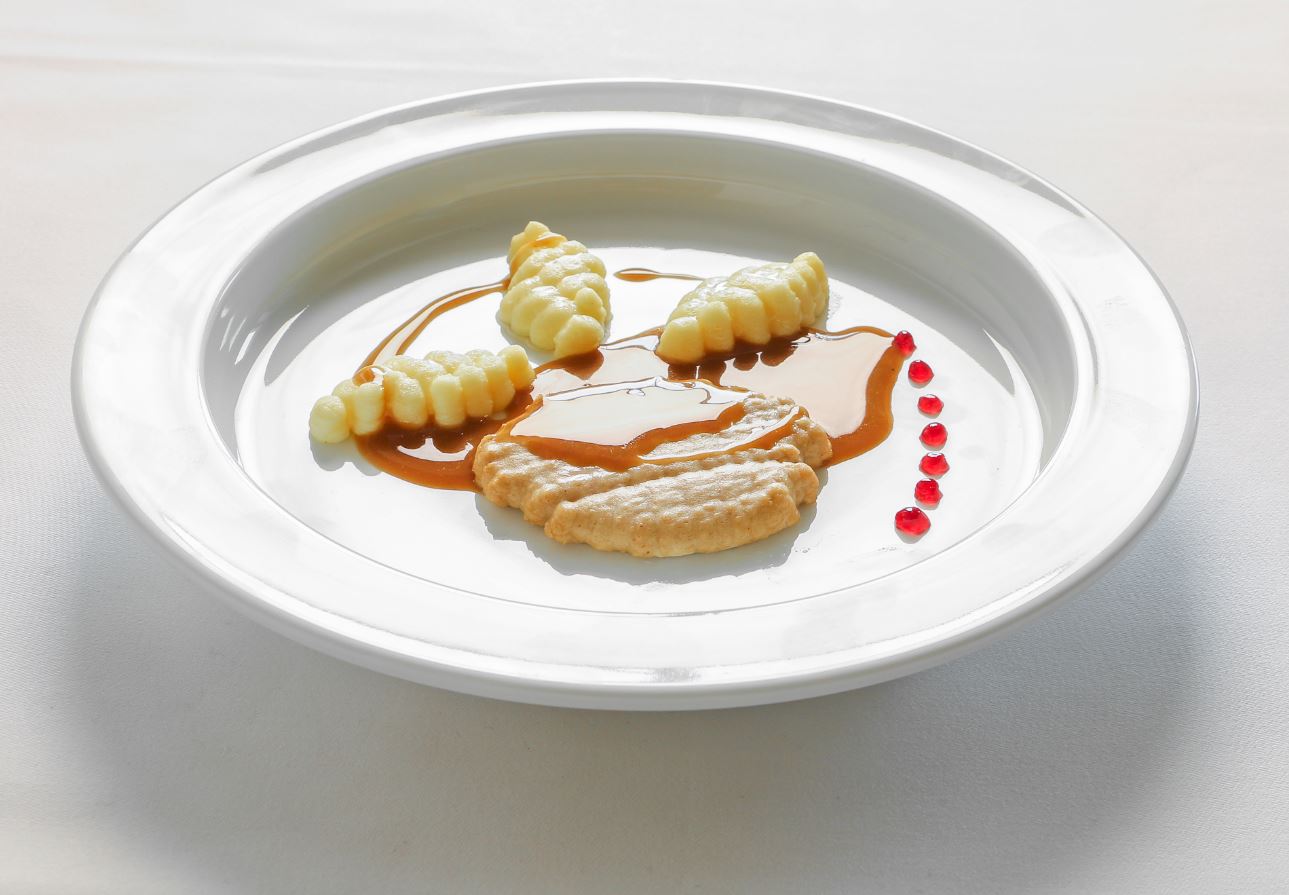A stroke or dementia can lead to chewing and swallowing difficulties, also known as dysphagia. Since the ‘mash-type’ meals served are mostly unappealing and nutritionally inadequate they result in loss of appetite and finally in serious nutrient deficiency, malnutrition, dehydration and in some cases even to death.
The PERFORMANCE (which stands for Personalised Food for the Nutrition of Elderly Consumers) consortium, led by the German company Biozoon, has created an innovative food concept that considers a personalised diet for persons suffering e.g. of dysphagia. Purreed and strained food is brought back into its original shape, providing the same texture and look, and provide additional health benefits.
Each meal is individually enriched
Depending on body size, weight, gender, and health the general nutritional state of a person is highly individual. Each PERFORMANCE meal is nutritionally enriched according to the consumer’s personal needs.
The PERFORMANCE concept itself initially started from the smoothfood concept of project coordinator Biozoon. Director Matthias Kück states: “I see a growing demand of personalised nutrition concepts against the background of an aging population and also changing lifestyles.”
The challenges of printing liquid food in 3D
“Printed pureed food needs to be firm after printing, but liquid enough to dispense from the printing heads”, Pascal de Grood (Foodjet, Netherlands) explains the core difficulty in the project. “We use a printing technology based on jet printing. A gelling agent supports the shaping of the pureed and strained food. On the one hand the gelling agent needs to be compatible with the printing system, while on the other hand the printing system must support food matrices such as meat, carbohydrate and vegetables.” Special recipes have been developed in collaboration with the German partners Hochschule Weihenstephan-Triesdorf and Biozoon.
Nursing Home Chef de Cuisine aspires to Natural Ingredients
Nursing home chef de cuisine and inventor of smoothfood Herbert Thill (Altenpflegeheim Christkönig, Germany) supported the scientists in the development of the recipes including consistency issues, the IT ordering system, and the plate design. The use of natural ingredients and a natural texturizer guarantee that the meals look and taste like traditional meals. The addition of further nutrients – mostly vitamins and minerals – can be adjusted on a weekly basis to support a permanent balanced diet.
Logistics and Packaging
The mass production of personalised tailor made meals requires special needs to the packaging and ordering system. As the core of the IT-based ordering system the German IT company Sanalogic programmed an algorithm, which monitors the nutritional status of each patient and automatically enriches the meals of subsequent orders on a weekly basis. To avoid the hot and cold spots when heating food in the microwave the Danish Technological Institute and Italian partners FEMTO and University of Pisa developed a split plate with perforated micro-wave reflectors placed on top and underneath it. Even the customer at home can heat the unpacked plate up in a household microwave.


Leave a Reply